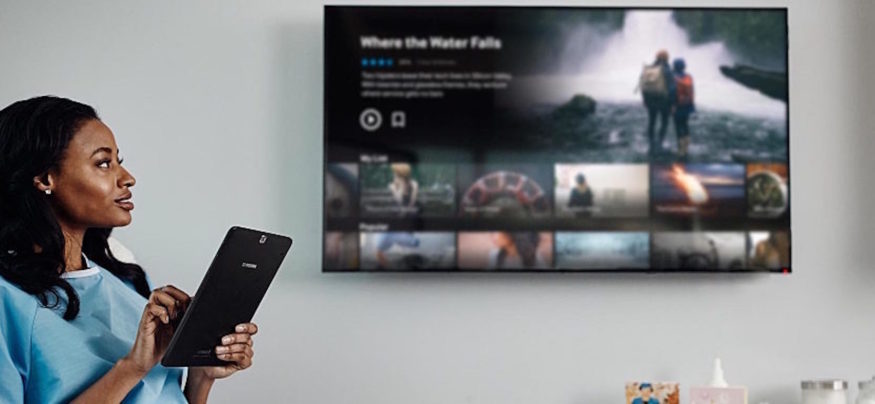If you’ve been paying attention to all the activity around HIMSS 2016, you’ll have noticed that mobile health, or mHealth, has pushed the scope of IT well beyond its traditional walls, sparking a need for a level of leadership competency that’s rooted in an understanding of multiple aspects of the healthcare enterprise.
The HIMSS 27th Annual Leadership Survey highlights what’s behind some of these trends and offers insight into several topics, including:
- The use of health IT in patient care efforts
- The role and impact of clinical IT executives
- The impact the presence of a clinical IT executive has on an organization’s orientation toward health IT
- The prevalence of clinical executives on IT executive teams
The Indispensable Clinical IT Leader
The survey most notably reveals that the inclusion of clinicians in IT leadership teams can have a profound impact on the way the entire healthcare organization relates to technology.
HIMSS found that a full 71 percent of organizations represented did employ a clinical IT executive, typically a chief medical information officer or a chief nursing informatics officer (CMIO or CNIO). This is especially significant when considering respondent attitudes. Respondents from organizations that had a clinical IT executive placed higher importance on health IT, specifically in the areas of post-acute care management, the use of evidence-based medicine and care coordination.
The growing importance of the clinical IT executive is at least in part due to the industry shifting from volume-based care to value-based models and healthcare IT trends following suit, making the insight that clinicians have into patient experiences and clinical outcomes even more valuable than they have been in the past.
Two of the key data points from the survey illustrate why this is the case. Health IT was seen by respondents as playing a key roll in both patient and clinician-centered areas, including clinical integration (73.8 percent), primary care provider efficiency (72.3 percent), mandated quality metrics improvement (68.4 percent), and care coordination (67.4 percent).
Additionally, organizations are also pushing toward goals that require an understanding of the complete patient experience, including sustaining financial viability (87 percent), increasing patient satisfaction (around 84 percent), as well as improving patient outcomes and overall patient care (83 percent).
Organizational Outlook
The majority of organizations surveyed understand this shift in the industry, with 79 percent indicating that they “strongly agree” that health IT is a “strategic tool that can help organizations achieve their business objectives.” In cases in which a clinical IT executive wasn’t in a leadership position, that number fell to 62 percent, in contrast with 86 percent among respondents whose leadership teams did include clinicians.
According to Lorren Pettit, VP of research for HIMSS, “Clinical IT executives clearly possess a unique and valued perspective regarding the criticality of health IT on an organization’s patient care focused efforts, and this orientation appears to be gaining traction in many organizations.”
Unfortunately, the inclusion of clinical IT executives is far from a universal standard. Of organizations with a CNIO on staff, only 71 percent of respondents indicated that the individual was a member of the executive team. For organizations with a CMIO on staff, that number fell to 59 percent. With health IT staffing rates on the rise for the second year in a row, expect to see increased focus on leadership competency in technical, clinical and patient engagement spheres.
The Survey
The survey also revealed that compensation gaps based on gender still have a hold in the field, with men earning an average of $25,000 annually more than women. Access to upper managerial roles also appeared to be subject to gender-based restrictions.
HIMSS surveyed 282 IT professionals and executives in North America. The study was designed to address both current concerns as well as collect responses to fixed longitudinal issues that leaders in health IT face. Additional findings will be released by HIMSS as the year progresses. Visit the HIMSS 2016 website for more updates.
Learn more about innovations in healthcare technology that are enhancing the patient experience.








